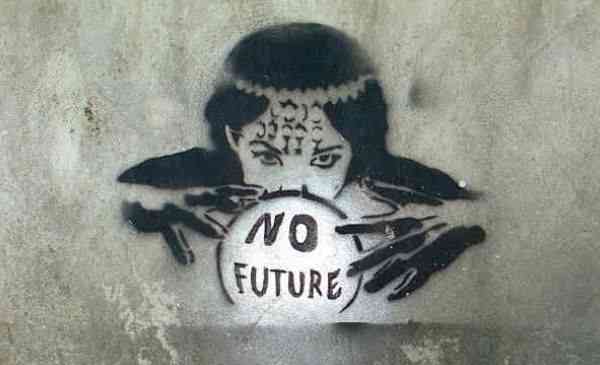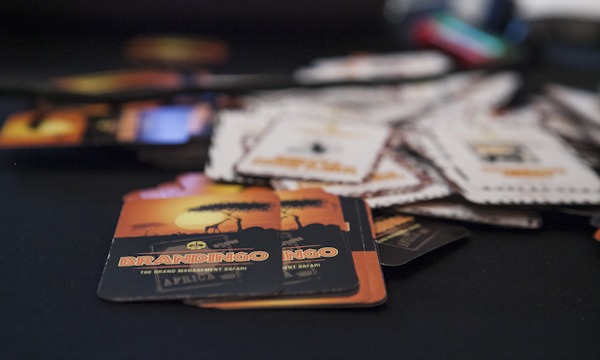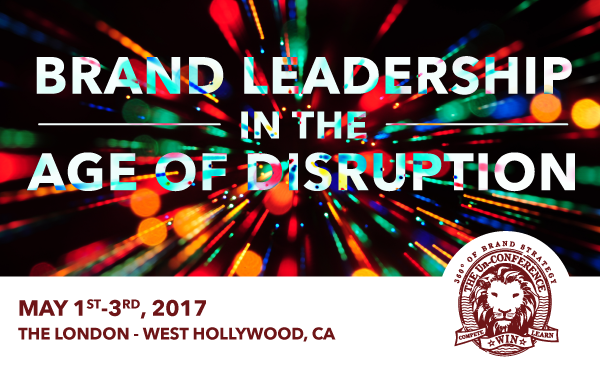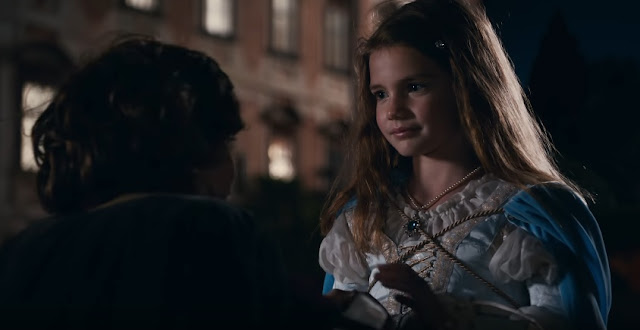
A critical question for leaders is, “When do you stop pouring resources into things that have achieved their purpose?”
The most dangerous traps for a leader are those near-successes where everybody says that if you just give it another big push it will go over the top. One tries it once. One tries it twice. One tries it a third time. But, by then it should be obvious this will be very hard to do. So, I always advise my friends and colleagues, “Don’t tell me what you’re doing. Tell me what you stopped doing.”
The first step for a leader fighting to earn a place in the future is to free up resources that are committed to maintaining things that no longer contribute to brand performance and no longer produce results. Maintaining yesterday is always difficult, extremely time-consuming and risky.
Maintaining yesterday always commits the brands’ scarcest and most valuable resources–and above all, its ablest people–to nonresults. Yet doing anything differently–let alone innovating–always creates unexpected difficulties. It demands leadership by people of high and proven ability. And if those people are committed to maintaining yesterday, they are simply not available to create tomorrow.
The first change policy, therefore, has to be organized abandonment. The leader puts every product, every service, every process, every market, every distribution channel, every customer, and every end use on trial for its life. And does so on a regular schedule. ~ Peter Drucker
Abandoning Yesterday
Change is hard. That’s why the future can look so much like the past. And why brands and the marketers who manage them often lose their edge. For those marketers who see comfort zones as a dangerous place and are ready to become the change leader your organization needs, we have designed a unique experience around brand strategy for you. One that challenges today’s thinking about brands and brand management. One that helps prepare you for tomorrow. One that breaks you free from yesterday’s marketing conference format.
The Blake Project and Branding Strategy Insider have designed a uniquely powerful experience for brand leadership in the age of disruption. We call it The Un-Conference: 360 Degrees of Brand Strategy for a Changing World.
Reserved for 50, it’s unlike any other marketing conference you’ve attended before:
- Everyone in the room is an expert and gains from the sum of the expertise in the room.
- Our competitive learning format is fun, energized and impactful.
- The walls are down, there are no podiums or stages, there is no hierarchy – your uniform is jeans.
- The focus is on learning outcomes, not ticket sales.
- Small is powerful, with only 50 marketers participating in hands on learning.
- As in your marketplace, some will win, some will lose, all will learn.

No Attendees. Only Participants.
The best pathway for learning is through participation, not observation. The Un-Conference: 360 Degrees of Brand Strategy for a Changing World will challenge your thinking about brands and brand management. To do that, we’ll put you on a team of 10 and offer you opportunities to compete, lead and learn alongside other marketers in a unique environment. The challenges you’ll tackle are based on and influenced by the actual issues that you and other participants are facing.
In May of 2017 we are focused on: Disruptive Marketing Trends, Building Emotional Connections, Encoding Brands In The Mind, Brand Storytelling, Brand Leadership, Digital Strategy, Customer Experience, B2B Brand Strategy and more.

It all takes place at The London Hotel in West Hollywood, California May 1 – 3, 2017.
Our schedule…
Monday, May 1st – Kickoff Mixer: 7- 9pm at The London Hotel Rooftop Pool
Tuesday, May 2nd – Day 1: 8am – 5pm, at The London Hotel / 6:30pm – ? Team building event and dinner
Wednesday, May 3rd – Day 2: 8am – 5pm, at The London Hotel

Who Should Participate?
We have reserved these two days (and a kickoff mixer on the evening of the 1st) for 50 senior B2C and B2B marketers who see professional growth as a mandate for success and who seek a learning experience superior to last century’s format of marketing conferences:
-Marketing oriented leaders
-Marketing professionals (brand managers, product managers, directors, vice presidents, CMO’s, brand strategists etc.)
-Advertising agency professionals (account executives, planners, creatives, agency heads)
-Marketers facing brand strategy issues
-Marketers seeking a competitive advantage
-Professionals in charge of brand building, brand management, human resources
-Professional brand consultants, digital consultants and researchers
-Marketers who prefer participation over observation
-Marketers who don’t believe that last century’s format of marketing conferences advances them as leaders.
Every year a wide range of brands from around the world join us. Past participants include AAA, Bayer, Bloomberg, Humana, Land O’ Lakes, Liberty Mutual, Pilot/Flying J, RJ Reynolds, TD Ameritrade, GlaxoSmithKlein, Wounded Warrior Project, Monsanto, Ogilvy, Kawasaki, GE and many more.
Only 50 marketers can participate. To secure a spot for you or your group at The Un-Conference: 360 Degrees of Brand Strategy for a Changing World call me directly in Los Angeles at 813-842-2260. Or simply email me.
Special pricing for Non-profits, MENG/Marketing Executives Group and American Marketing Association Members.
“If you want something new, you have to stop doing something old.” ~ Peter Drucker
I do hope you can join us.
Sincerely,
Derrick Daye for The Un-Conference, Branding Strategy Insider and The Blake Project

























